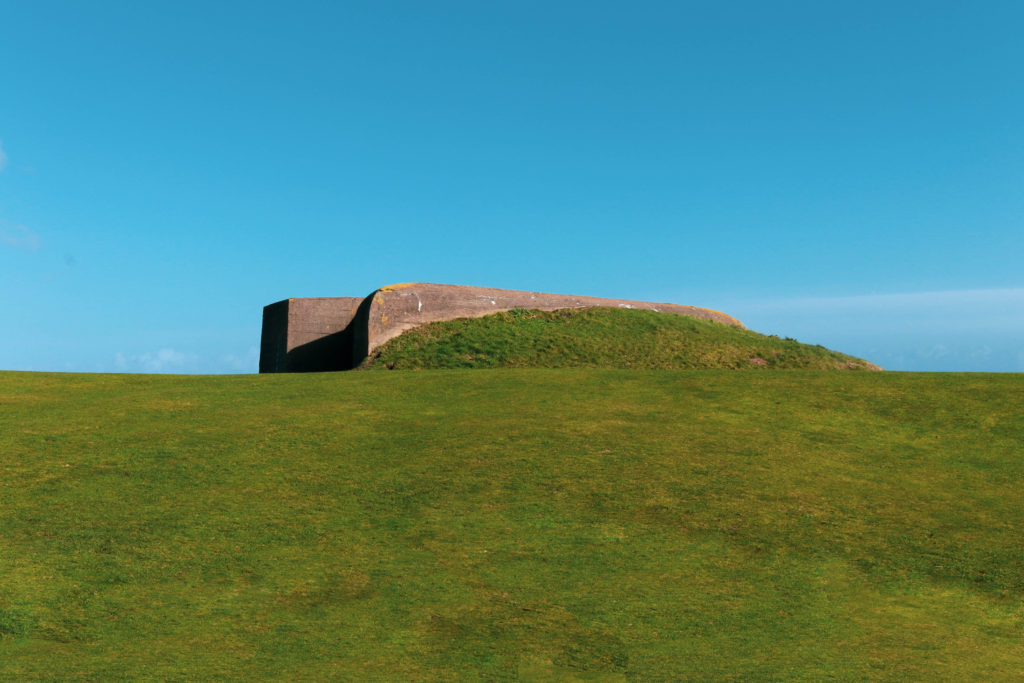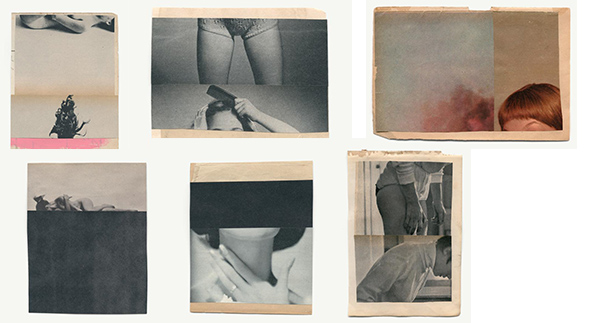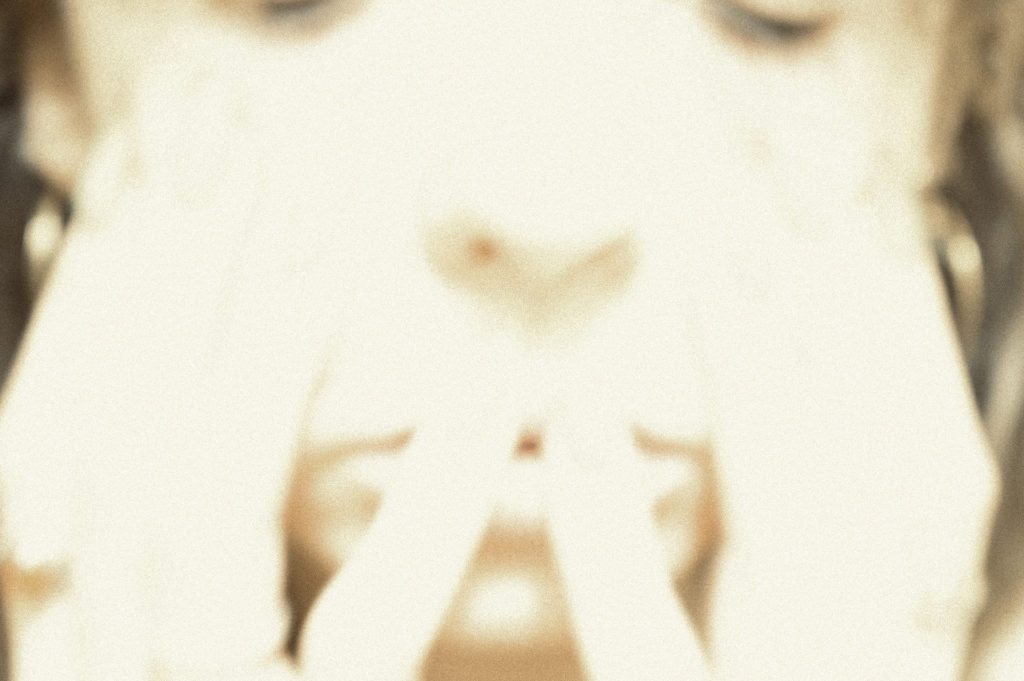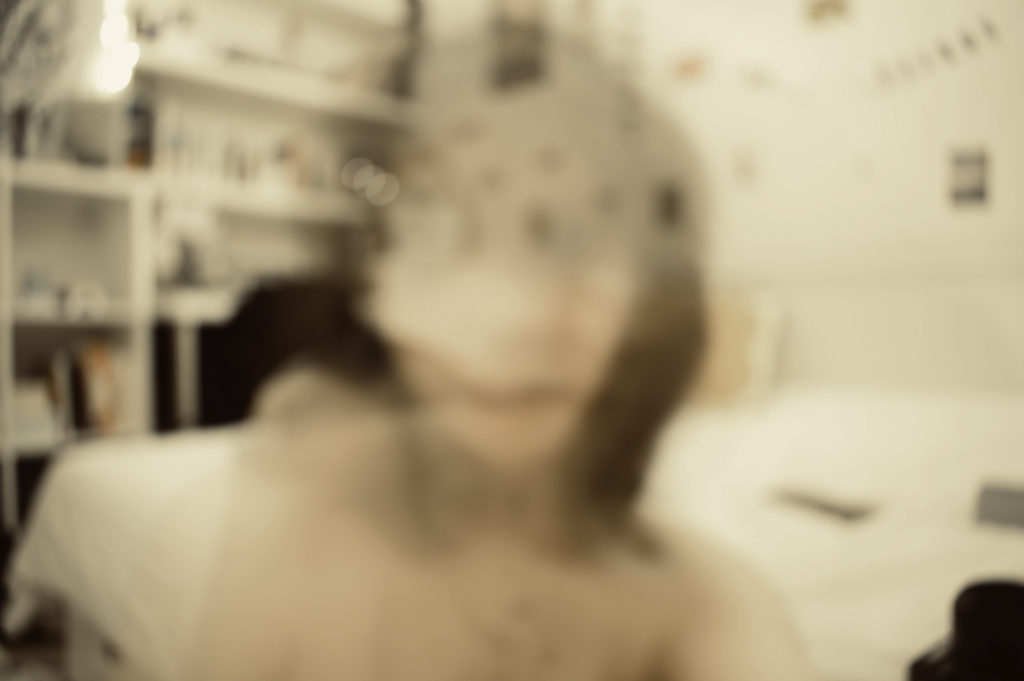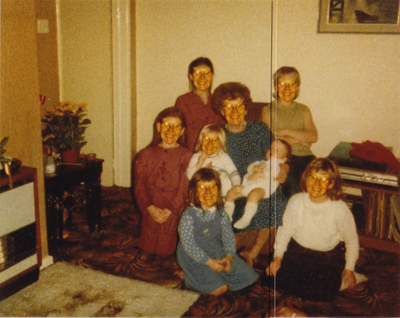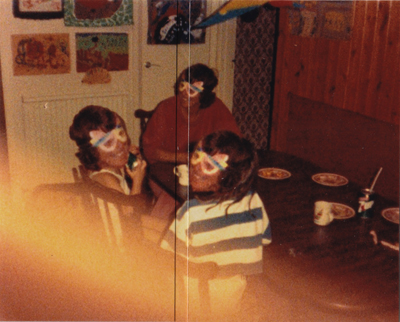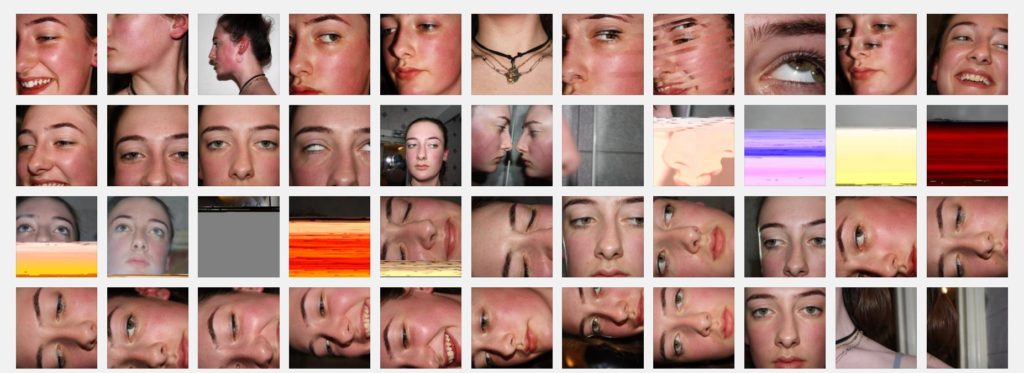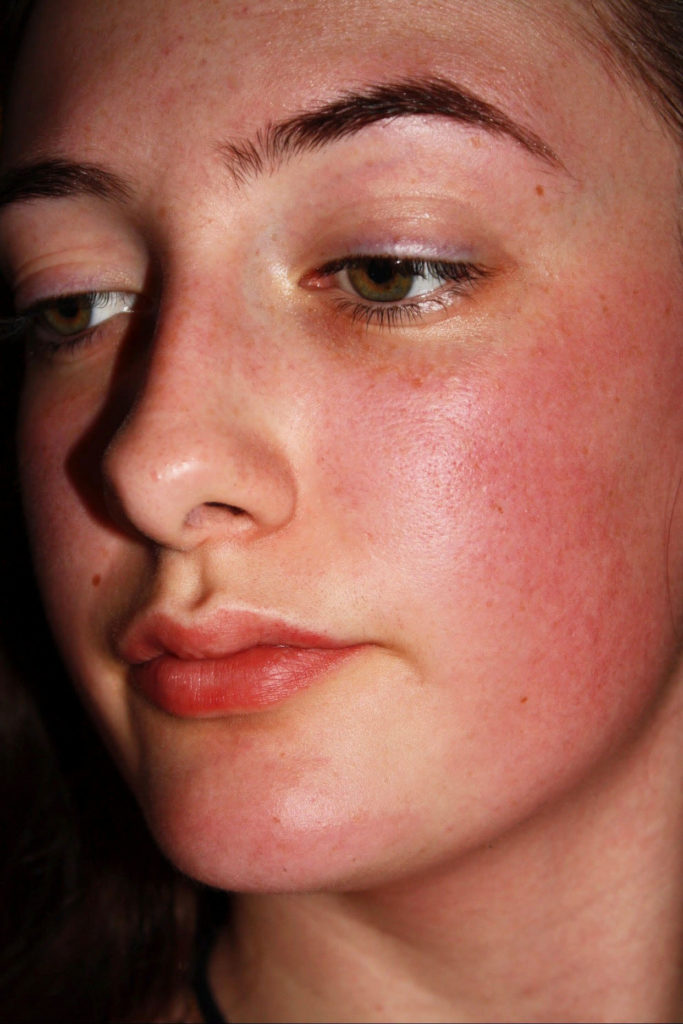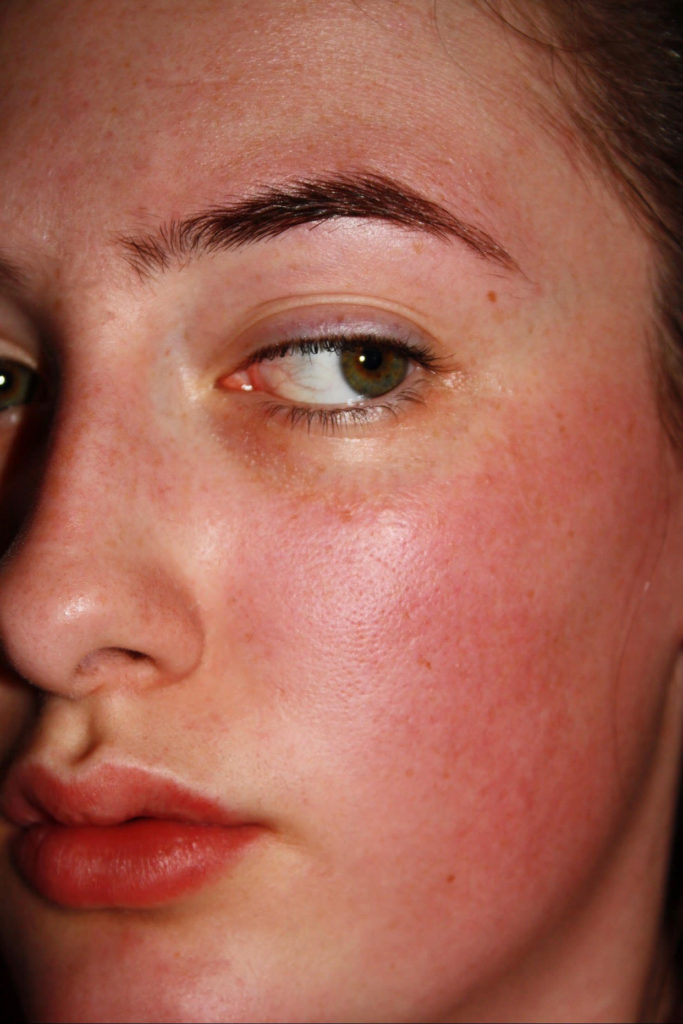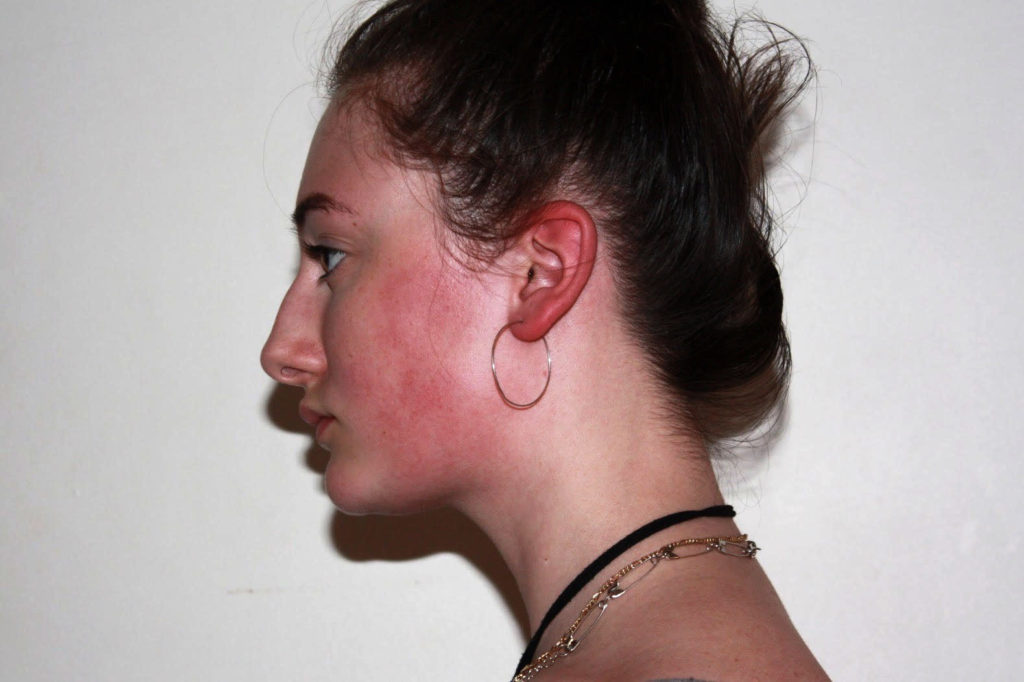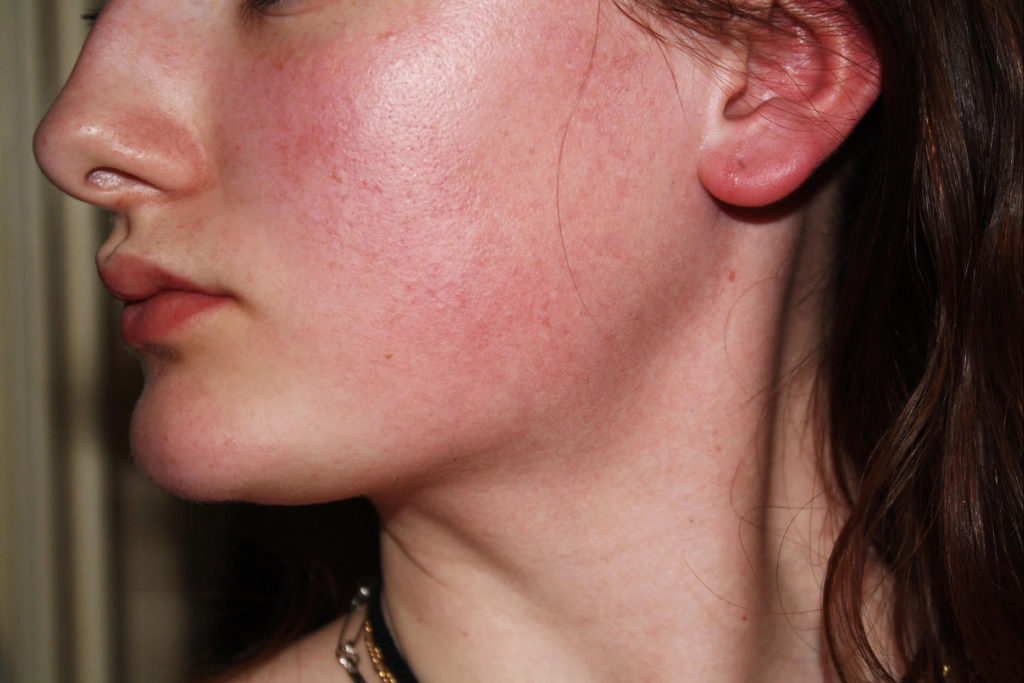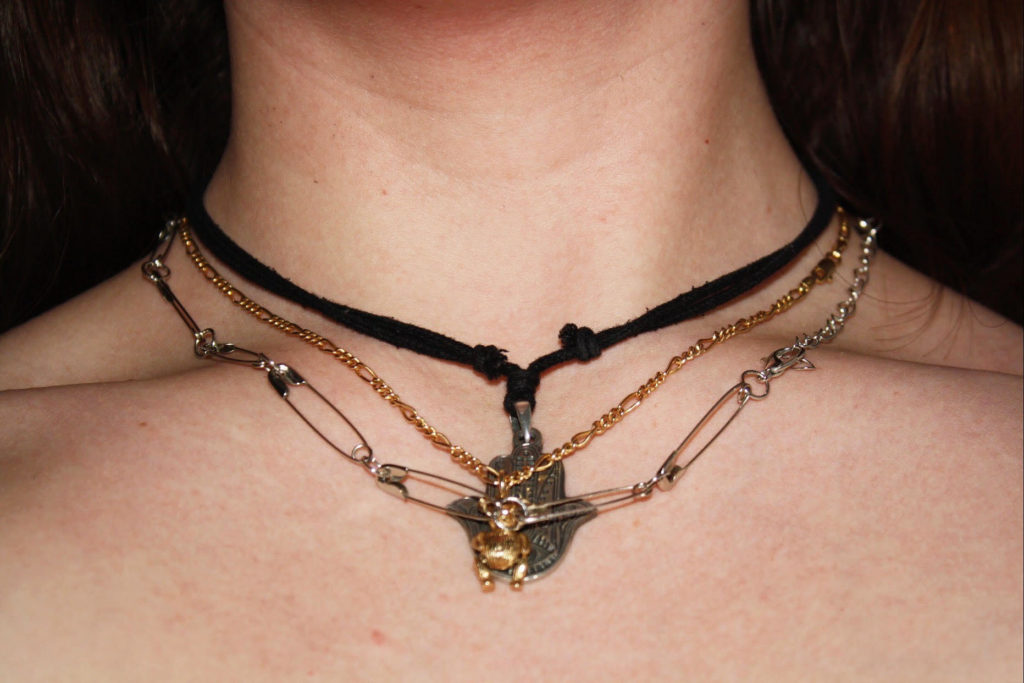LIFE AND CAREER:
To date, little has been written about Hedges or the Shelter photographs. Previously overlooked as a subject for academic study, the Shelter photographs have, until recently, remained out of the public eye and consciousness. Showcased in high-profile exhibitions and reviews at the time of their making in the late 1960s and early 1970s, the photographs have since been somewhat forgotten, and to a certain extent written out of, the history of British photography. Primary source material on Hedges and his work has, until now, focused on his other photographic projects, notably his study of factory workers entitled Born to Work (made between 1976 and 1978)18, his documentation of religion, entitled I’m A Believer (made between 1976 and 1977), and his study of the North Shields fishing industry in 1979. The two former series focused on the West Midlands, Hedges’ birthplace. After obtaining an Arts Council grant in 1982, Hedges was subsequently able to publish the Born to Work photographs, accompanied by a text written by Huw Beynon, in a book entitled Born to Work: Images of Factory Life. These photographs were the subject of a large exhibition of the same name held at Wolverhampton City Archives between 4 October and 21 December 2013.22 They were also featured alongside the work of photographers John Bulmer and Peter Donnelly in the exhibition Black Country Echoes. (Hall, A, The University of Birmingham, 2015, p.6,7)
PROMINENT IMAGES:
IMAGE ANALYSIS:
VISUAL:
In terms of the visual aspects of this image there are multiple aspects which can be looked at. Firstly the scale is important as the people in the foreground of the image are overshadowed by the towering block of flats in the backdrop. The black and white color scheme is also important to the overall emotive aspects of the image as they monochromatic nature of the images provokes a sense of depression and melancholy. It is quite a dynamic image in terms of the sense of movement which is gained from the action of the children playing within the enclosed space between the buildings. The light within this image is also an important factor as the light coming in from the the central top half of the image casts a dramatic shadow upon the buildings which adds to the overall depressing tone of the image. There is a sense of repetition in this image with the rows upon rows of windows leading the eye to the center of the image. A theme which also comes through when looking at this photo is control and encasement with portrayal of the courtyard between the high rise of flats, the children playing on concrete rather than an open field with soft grass.
TECHNICAL:
In terms of the technical aspects of this image, conceptually it is know that these images were taken between the 1960’s and 70’s by hedges, at which point the only photographic aperture were film cameras. For this fact we can see that the image has a grainy effect, in black and white and is traditionally conformist to what images looked like within this time period. The combination of the grain and monochromatic color scheme means that the image provokes feelings of nostalgia and childhood as if you’re looking through your own archival history.
CONCEPTUAL:
” Most cities in Britain manage, or try, to hide away any tragedy that is endemic to them. But in Glasgow the tragedy is apparent as you roll slowly thought what remains of the Gorbals towards Central Station. It is apparent in the number of times disaster hits the city, every year some tragic event reinforced its reputation upon the rest of the country. A tenement fire, a gas mains explosion, a football crowd disaster, the shipyard crisis, the unemployment rate, another fire disaster; the list is endless….. One thing I couldn’t find was soul, identity, character – but you cannot plan for this, it happens by chance, it grows through shared experience and by necessity through shared hardship as well as happiness. That’s how I see it. I could well be wrong; I could well be wrong to bother about identity or character. East Kilbride had many virtues which I found lacking in other new developments I visited, but I couldn’t live there it would have been so dull. I do know that most of Glasgow families I’d seen would have moved there as soon as they were able, and that’s the most important judgement.” ( http://www.shelterscotland.org/lifeworthliving/about/nick-hedges, Shelter 2015, Scotland)
CONTEXTUAL:
Little has been published about Shelter as an organisation, and such writing that does exist
does not feature Hedges, or his photographs, as a topic of study. The main sources of
information are two books, both written by Des Wilson who was the Director of the charity
between 1966 and 1971. The first, entitled I Know it was the Place’s Fault, was published in
1970.
44 The second, entitled Memoirs of a Minor Public Figure, is an autobiography
published in 2011.45 Both texts are useful in their provision of an historical, if one-sided,
account of Shelter’s formation and activities. The earlier text is particularly interesting in its
discussion of the charity’s groundbreaking media campaigns, constructed around Hedges’
photographs. Although it features twelve of Hedges’ photographs as illustrations, there is no
discussion of them, or how they were made.
The second text features two of Hedges’ photographs as illustrations, but is equally devoid of
any direct engagement with them. Perhaps it is not surprising that the photographs, although
central to Shelter’s campaigns, are somewhat overlooked. The focus of Wilson’s accounts is
the establishment and success of the charity, not an analysis of photographic meaning.
Equally, both texts are written from Wilson’s perspective: one, a personal account of his role
as Shelter’s Director, the other, an autobiography. Whilst central to an historical
understanding of the charity, Hedges’ photographs have little bearing on Wilson, or an
account of his life. Hedges’ own relative silence regarding the Shelter photographs and their
lack of public exposure may also have contributed to Wilson’s disinterest in them.







